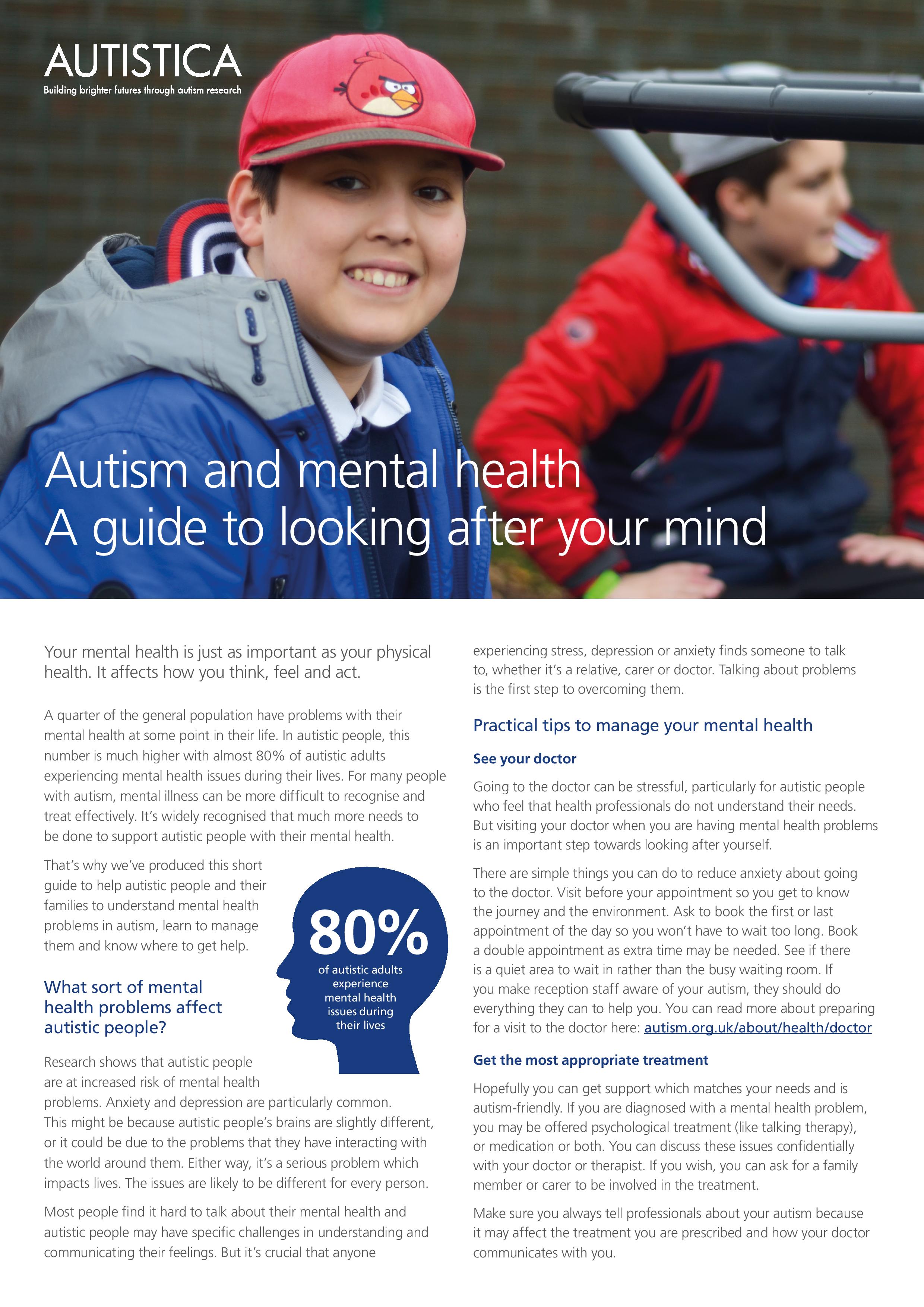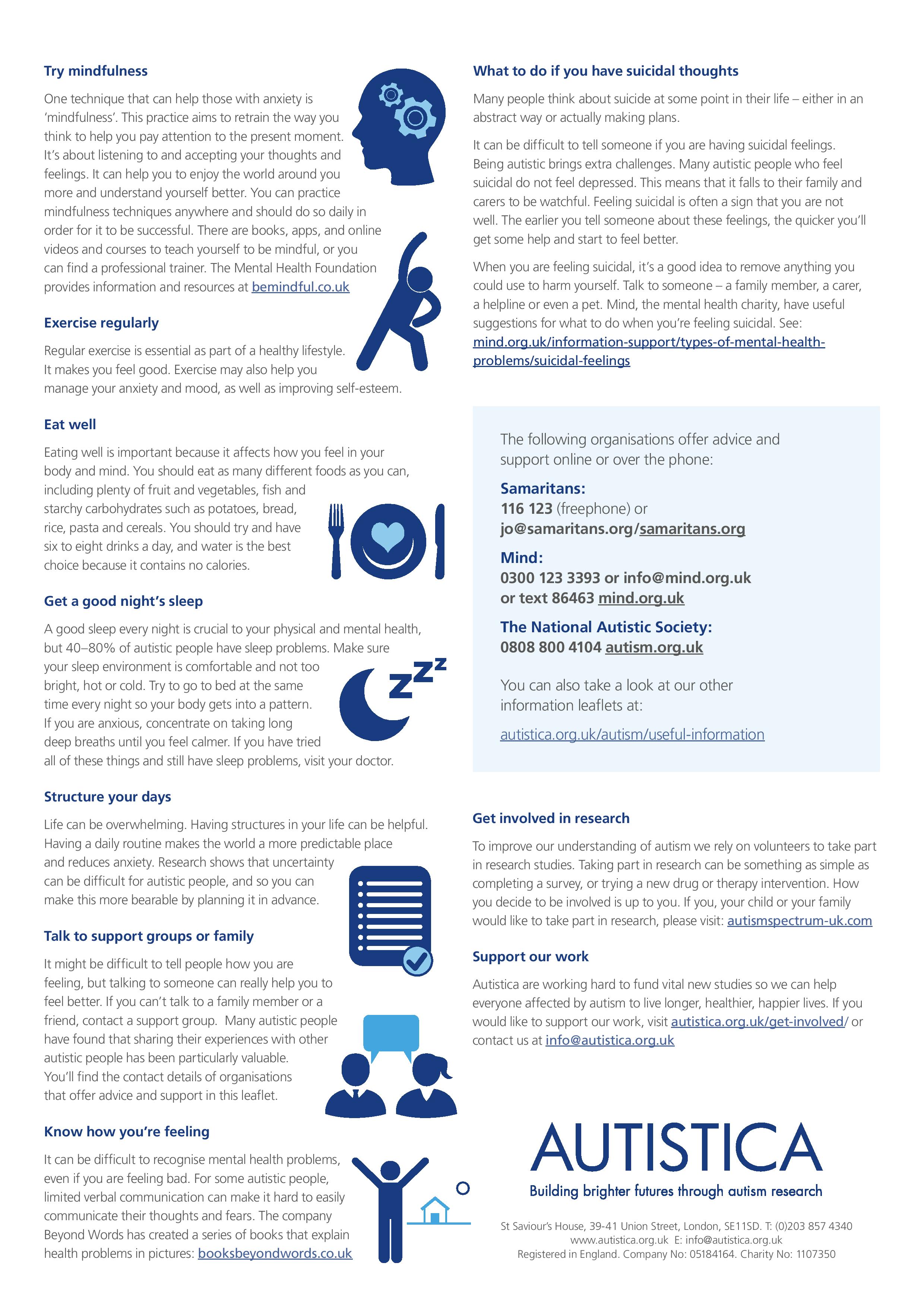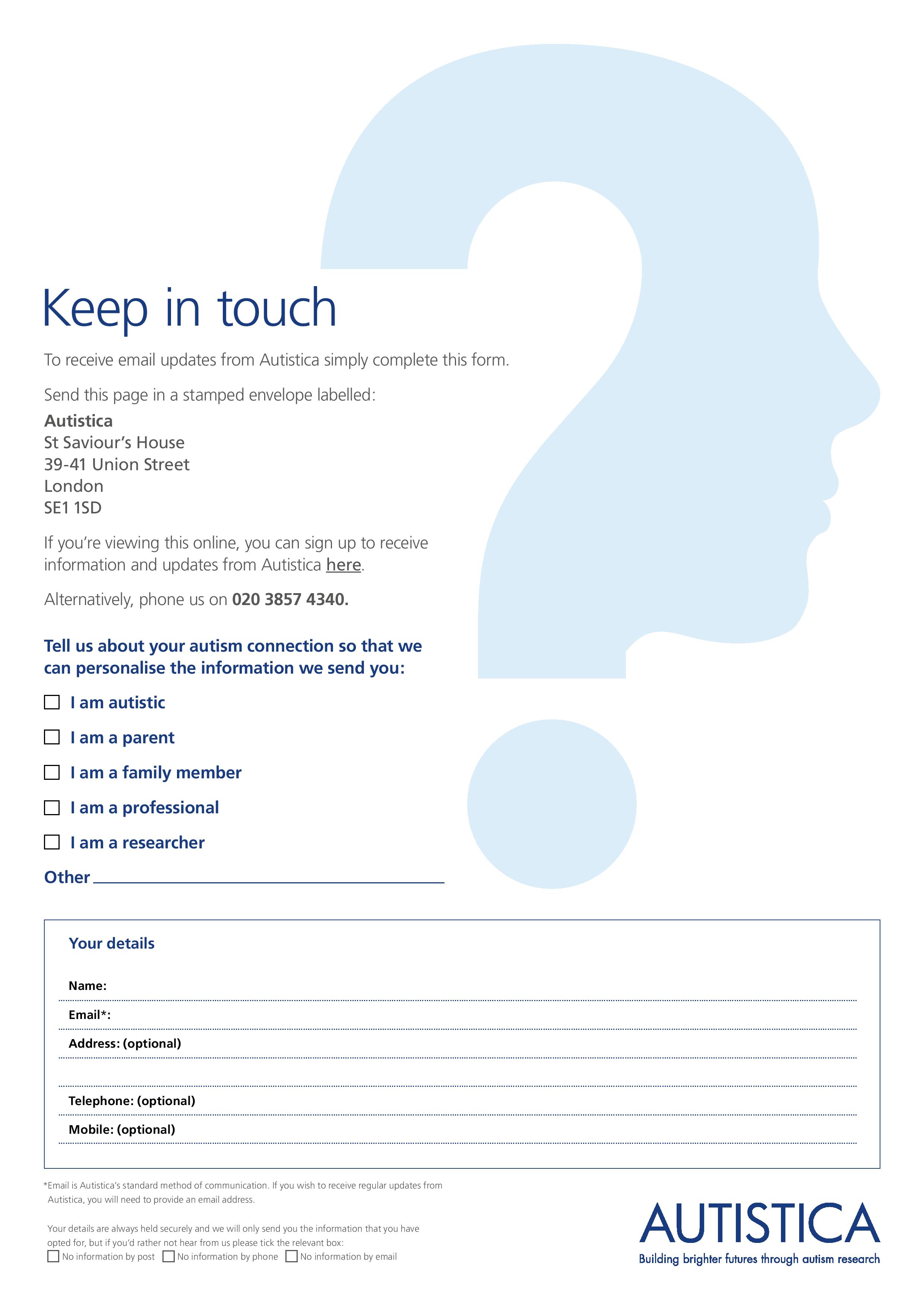Seasonal affective disorder (SAD) is a type of depression that comes and goes in a seasonal pattern.
SAD is sometimes known as “winter depression” because the symptoms are more apparent and tend to be more severe during the winter.
The symptoms often begin in the autumn as the days start getting shorter. They’re typically most severe during December, January and February.
SAD often improves and disappears in the spring and summer, although it may return each autumn and winter in a repetitive pattern.
Symptoms of SAD
Symptoms of SAD can include:
a persistent low mood
a loss of pleasure or interest in normal everyday activities
irritability
feelings of despair, guilt and worthlessness
feeling lethargic (lacking in energy) and sleepy during the day
sleeping for longer than normal and finding it hard to get up in the morning
craving carbohydrates and gaining weight
For some people, these symptoms can be severe and have a significant impact on their day-to-day activities.
Read more about the symptoms of SAD.
When to see your GP
You should consider seeing your GP if you think you might have SAD and you’re struggling to cope.
Your GP can carry out an assessment to check your mental health. They may ask you about your mood, lifestyle, eating habits and sleeping patterns, plus any seasonal changes in your thoughts and behaviour.
Read more about diagnosing SAD.
What causes SAD?
The exact cause of SAD isn’t fully understood, but it’s often linked to reduced exposure to sunlight during the shorter autumn and winter days.
The main theory is that a lack of sunlight might stop a part of the brain called the hypothalamus working properly, which may affect the:
production of melatonin – melatonin is a hormone that makes you feel sleepy; in people with SAD, the body may produce it in higher than normal levels
production of serotonin – serotonin is a hormone that affects your mood, appetite and sleep; a lack of sunlight may lead to lower serotonin levels, which is linked to feelings of depression
body’s internal clock (circadian rhythm) – your body uses sunlight to time various important functions, such as when you wake up, so lower light levels during the winter may disrupt your body clock and lead to symptoms of SAD
It’s also possible that some people are more vulnerable to SAD as a result of their genes, as some cases appear to run in families.
Treatments for SAD
A range of treatments are available for SAD. Your GP will recommend the most suitable treatment programme for you.
The main treatments are:
lifestyle measures, including getting as much natural sunlight as possible, exercising regularly and managing your stress levels
light therapy – where a special lamp called a light box is used to simulate exposure to sunlight
talking therapies, such as cognitive behavioural therapy (CBT) or counselling
Read more about how seasonal affective disorder is treated.




